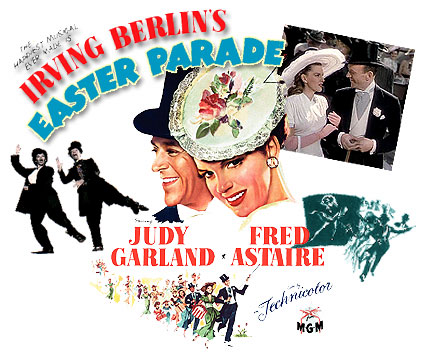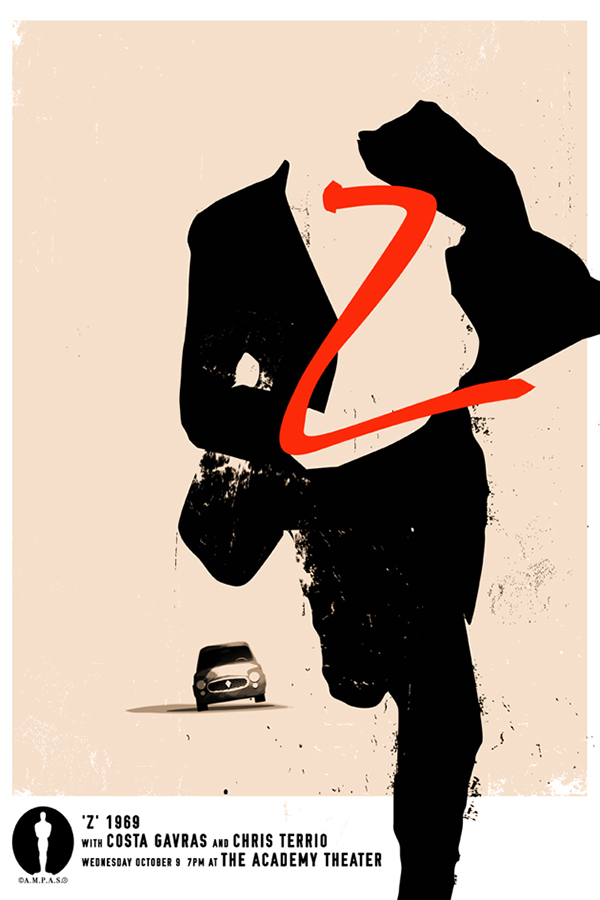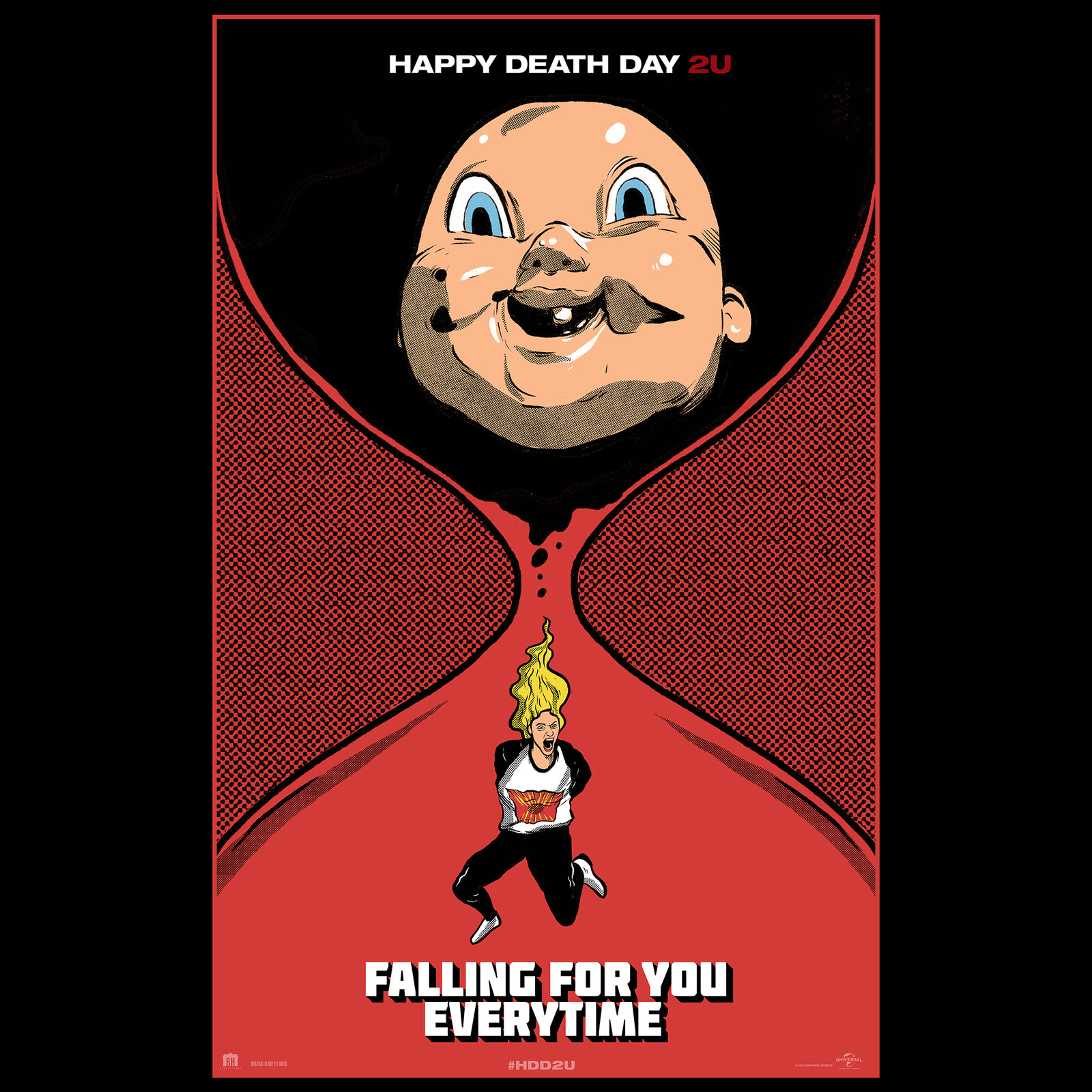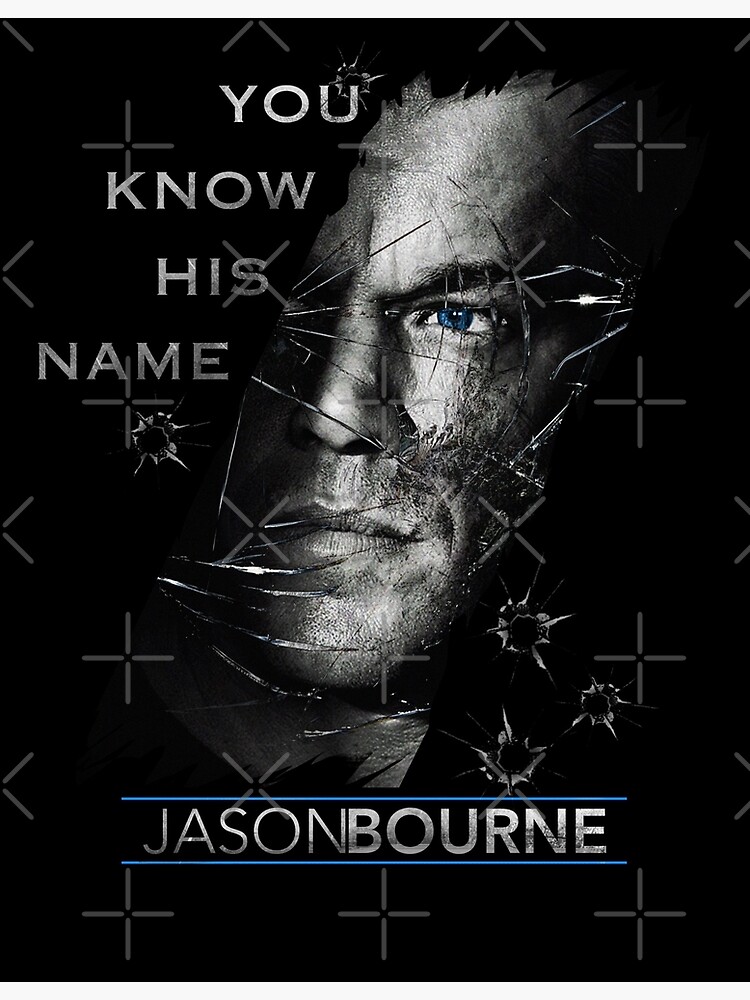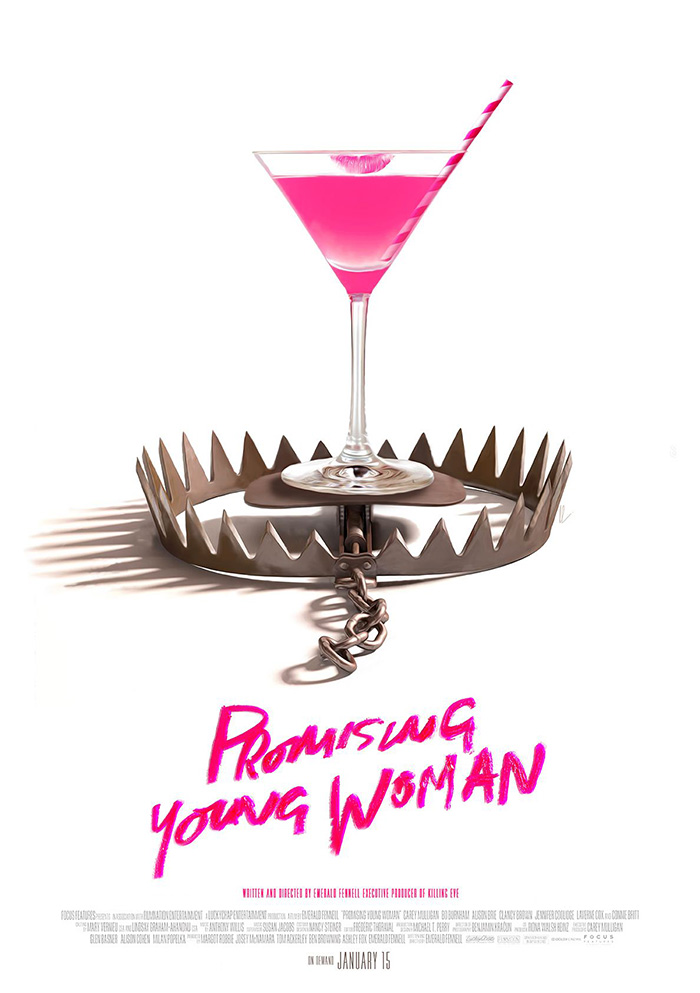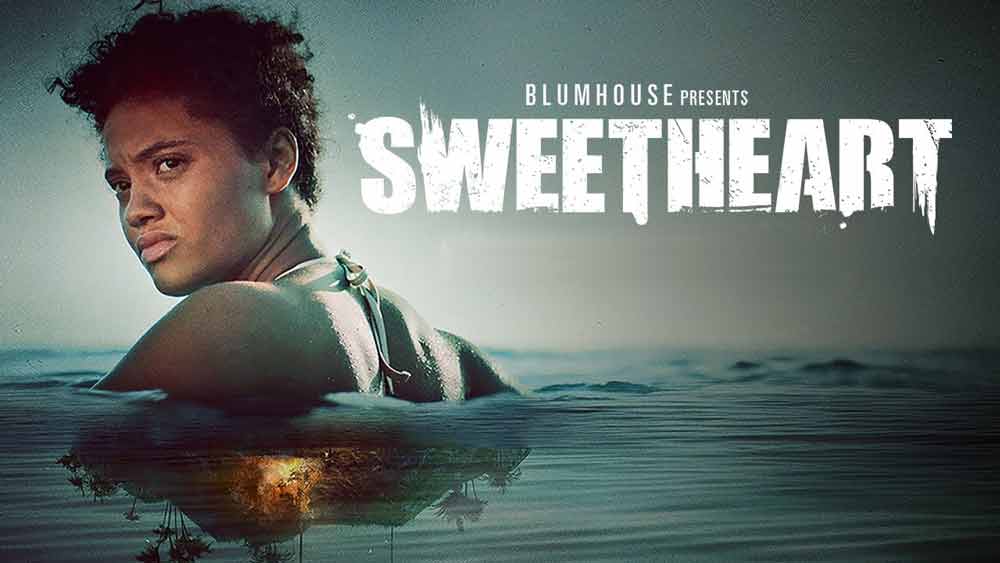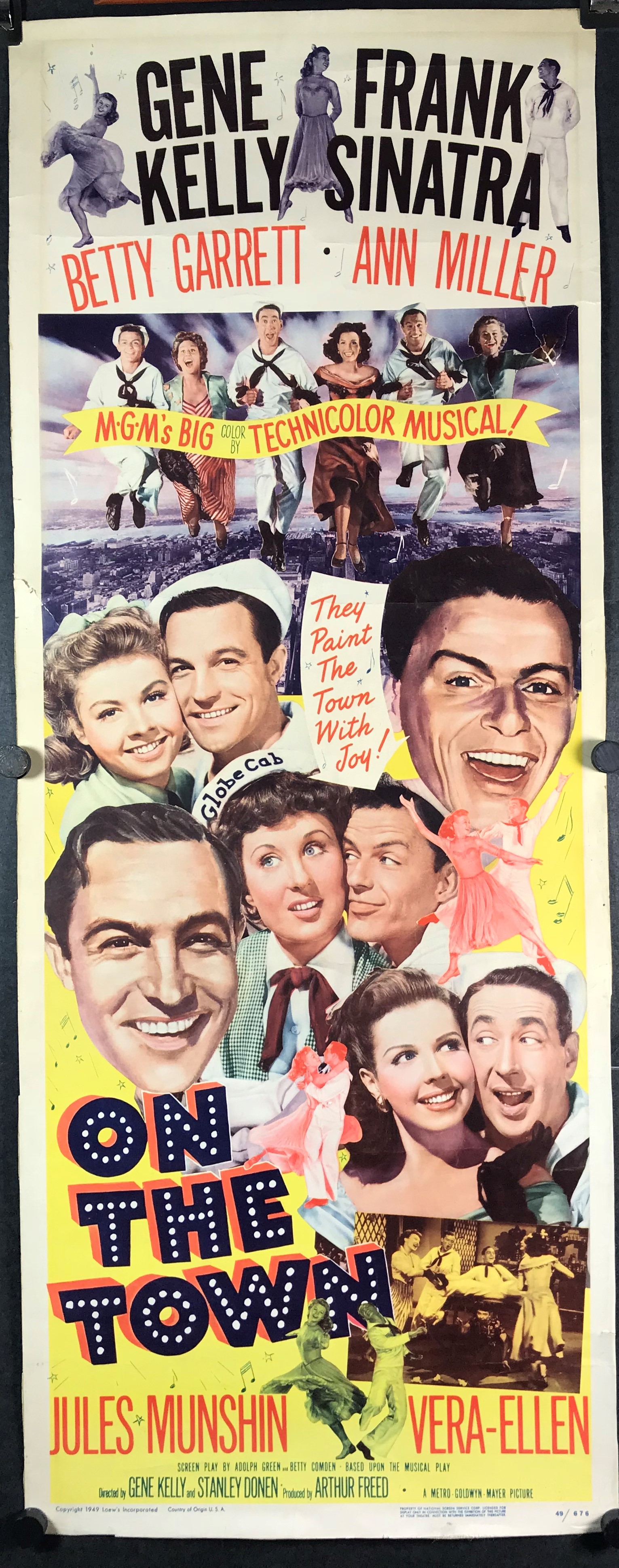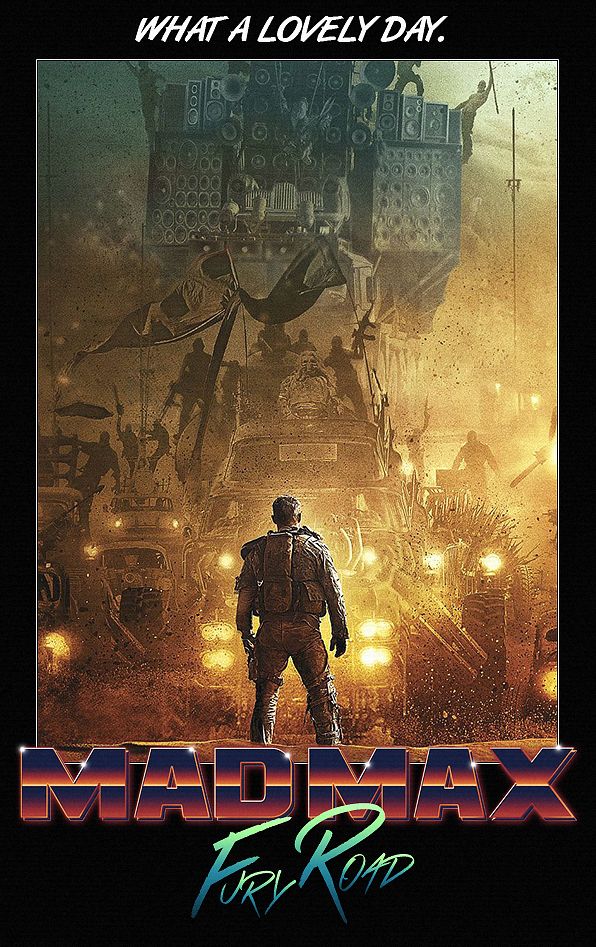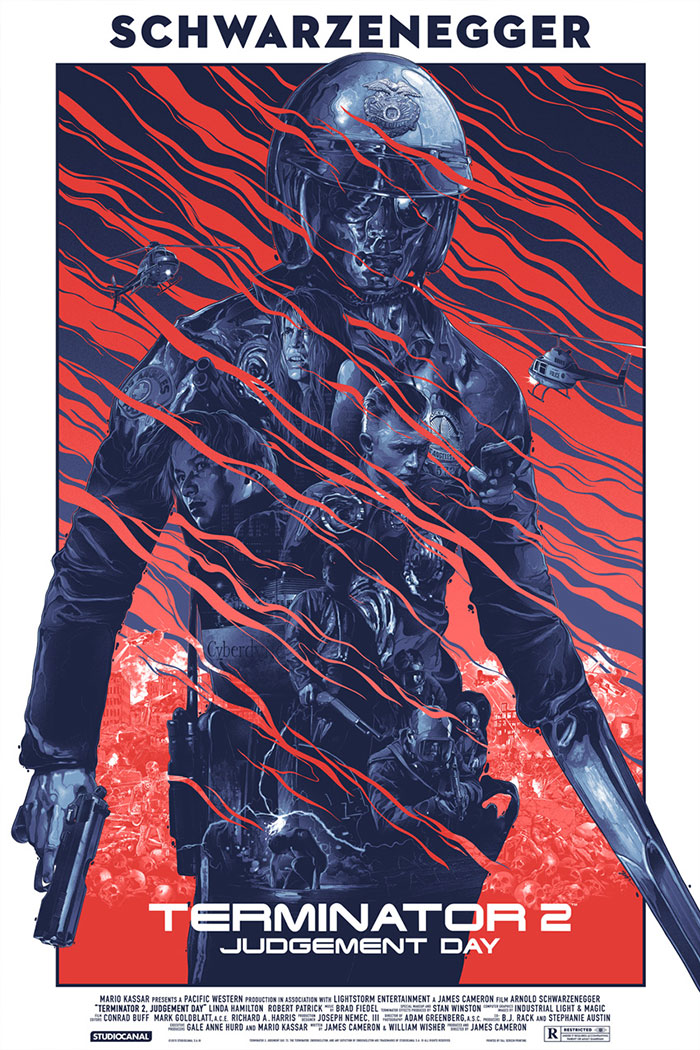
Whatever’s left to say about T2: Judgment Day, I hope that there’s room for a comment about how generations view it. For me, so many images, lines of dialogue, and musical cues are just part of my cinephilic DNA. Not having watched it in probably more than a decade, I was struck by some of the extremely 90s oddities about the film. For instance, the Connors’ bangs completely cover their eyes to a degree that must have resulted in visual impairment for the actors involved; I don’t know how Linda Hamilton got around the set without constantly smacking into key grips or set facades. Then there’s the needle drop for George Thorogood & the Destroyers. In a moment that should underline that the T-800 is still a terrifying, lethal weapon, all James Cameron wants us to feel is that he’s… cool. Is “Bad to the Bone” still considered cool? I’m incapable of judging that with any sense of objectivity, having been born too long ago. It’s still a funny moment, and I do think that Arnie looks cool wearing his sunglasses at night, riding his hog, nonchalantly sliding his lever-action shotgun into his ride.
Having grown up with this film, there’s a lot that I don’t think I could have seen in it when I was younger, even if I had been capable of watching for such things. In the early 90s, it’s tragic that Miles Dyson gets mortally wounded in his own lab, and it’s iconically heroic that he sacrifices himself to save his life’s work. Now? I see a bunch of L.A. cops gunning down a black man who is not given the opportunity to surrender or drop his weapon. In the early 90s, it’s super gross that the attendant licks Sarah Connor while she’s strapped to her bed in an apparently catatonic state. Now? I see a paunchy rapist-of-opportunity accustomed to abusing his institutional authority. In the early 90s, it sucks that John’s foster parents are neglectful dicks. Now? I see dysfunctional representatives of a dysfunctional social services system that crushes kids, turning creative, empathetic natural leaders like John Connor into juvenile delinquents. Of course, even in the 90s, I recognized the irony of the T-1000 cosplaying as a generic motorcycle cop. Now, though, it seems of a piece with Cameron’s more general distaste for the failures of institutional authorities to build a more equitable world (perhaps especially in the City of Angels).
Terminator 2 is one of the films that taught me to view our social systems with a jaundiced eye, and Cameron stridently insists that people have the power to control their destinies for the better. This critique isn’t new, but T2 in retrospect feels something like the culmination of the postwar era’s response to technocratic command and control. It’s a mass entertainment in the slickest of sleek genre packages, and though I wouldn’t go so far as to call Cameron an optimist, his idea of hope is that we, the people, can teach the Machine that the Machine may need to destroy itself so that humanity can have a fighting chance.
None of the other Terminator sequels has bested the Cameron’s distillation of this theme into Judgment Day, and it’s a testament to the generative power of the first two films that they keep trying. Terminator 2 certainly spoke to the future. But the battles that we fight today arose from the conflagrations I was too young to understand when they occurred. They have raged for decades, but, finally, these battles are never fought in the future. They’re fought here, in the present. Which is precisely where Cameron wants our focus to be.☕︎





